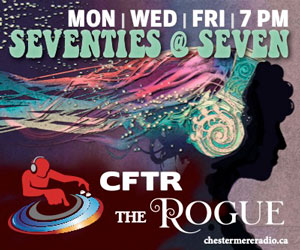This week and next we’ll be exploring the area of things humans do that dogs dislike.
Sometimes people do or say things to us that we simply don’t like. With dogs it’s the same except the “doing” part is more relevant. Invariably, most of the things we do to dogs that they don’t like are done innocently because we just didn’t realize we were annoying them. So, in no particular order, here are some things to think about:
- Using words more than body language: of all the words we say to our dogs each day, it is likely they will only understand a small fraction of them. But when we express ourselves through body language, dogs understand so much better. They have mastered the art of reading our body language. If we’re not careful, what we say and how our body language is read by our dog can be contradictory. You could say “less lip and more hip”.
- Hugging: however much we enjoy giving our dog a hug, you will be hard pressed to find a dog that enjoys this physical contact. In the dog world, if a dog places a foreleg or paw on the back of another dog, this is considered an act of dominance. In moving in to give a dog a hug, take a look at the dog’s body language and, if you know how to read it properly, you will see that discomfort is the only thing being displayed.
- Petting a dog’s face or patting the head: in the same way that humans don’t like being patted on the head or on the face, the same is true for dogs. A dog that knows you well may tolerate it but will rarely enjoy it. If you want to pet a dog, pet it near the base of the spine close to the tail. And no patting.
- Approaching a dog whilst looking directly into its eyes: in the human world we tend to approach other people whilst looking at their eyes. In fact, not to get eye contact is considered a social problem. With dogs, whether dog with dog or dog with human, looking directly into the eyes is considered to be a sign of dominance or even aggression. Far better when approaching a dog you don’t know is to turn your eyes away, not approach face on and speak in a gentle tone. This will send a message to the dog that you mean them no harm.
- Not providing structure and rules: dogs love consistency and to know what their boundaries are. They thrive on predictability and routine and can get stressed out if their perception of what should be happening is not taking place. Dogs also don’t do well when a human changes the rules. As an example, they don’t understand that they’re allowed to jump on you when you have leisure clothes on but not when you have work clothes on.
Got you thinking? We’ll delve further next week into other aspects of behaviour that our canine friends don’t enjoy.
In response to Canada's Online News Act and Meta (Facebook and Instagram) removing access to Canada's local news from their platforms, Anchor Media Inc encourages you to get your news directly from your trusted source by bookmarking this site and downloading the Rogue Radio App. Send your news tips, story ideas, pictures, and videos to info@anchormedia.ca.








